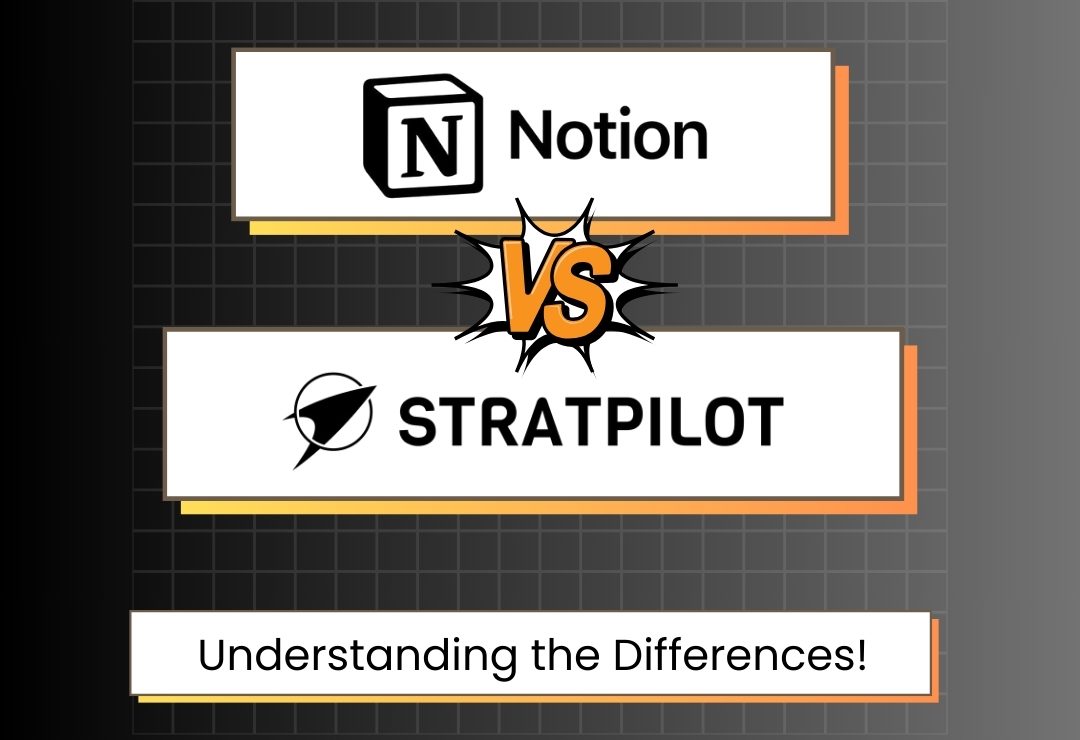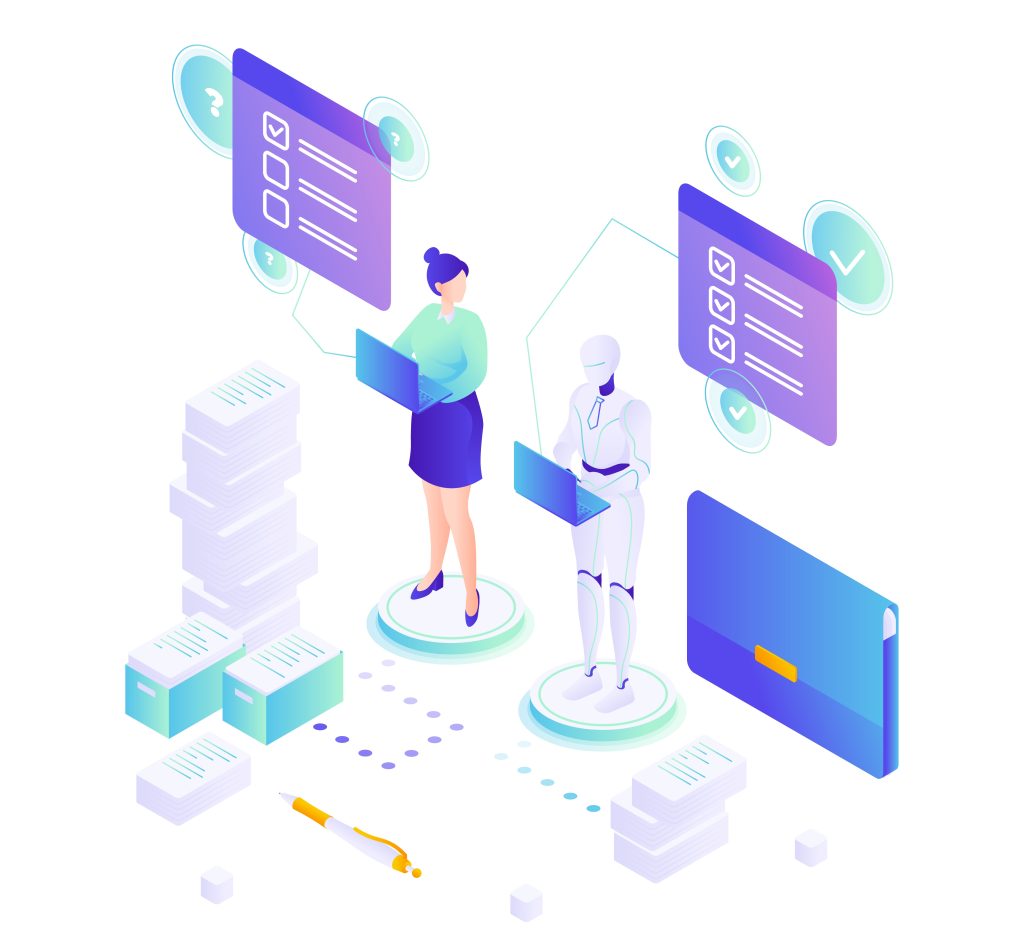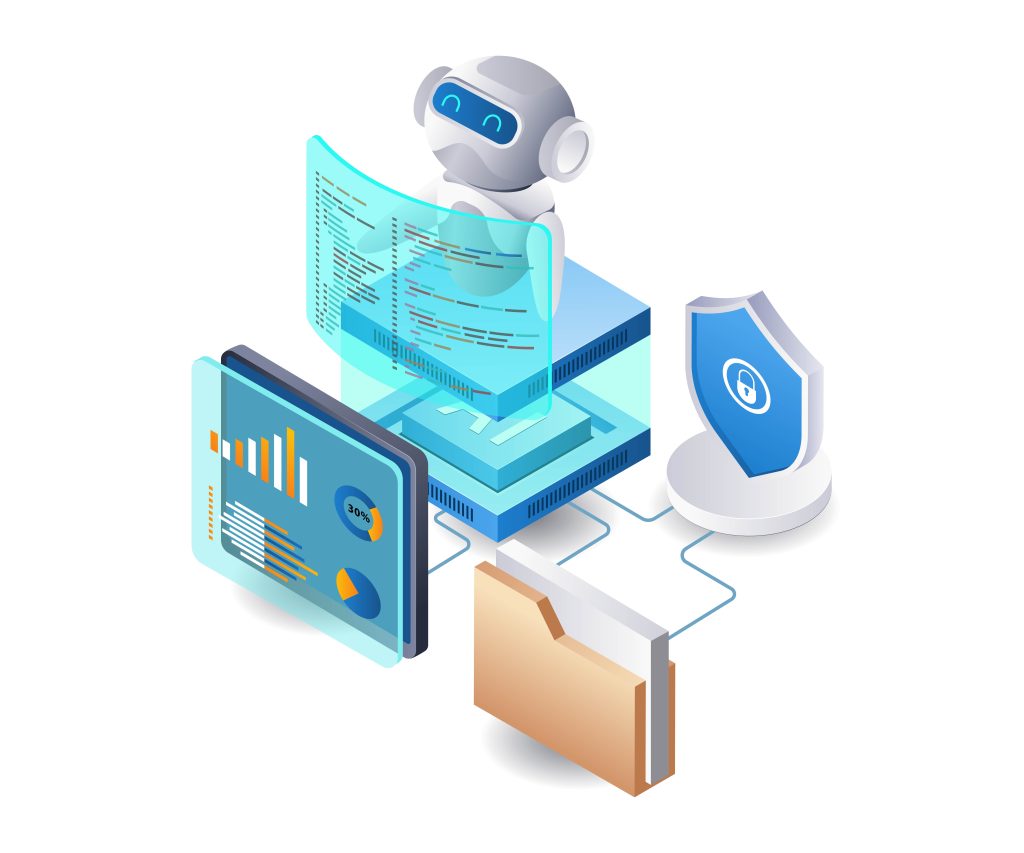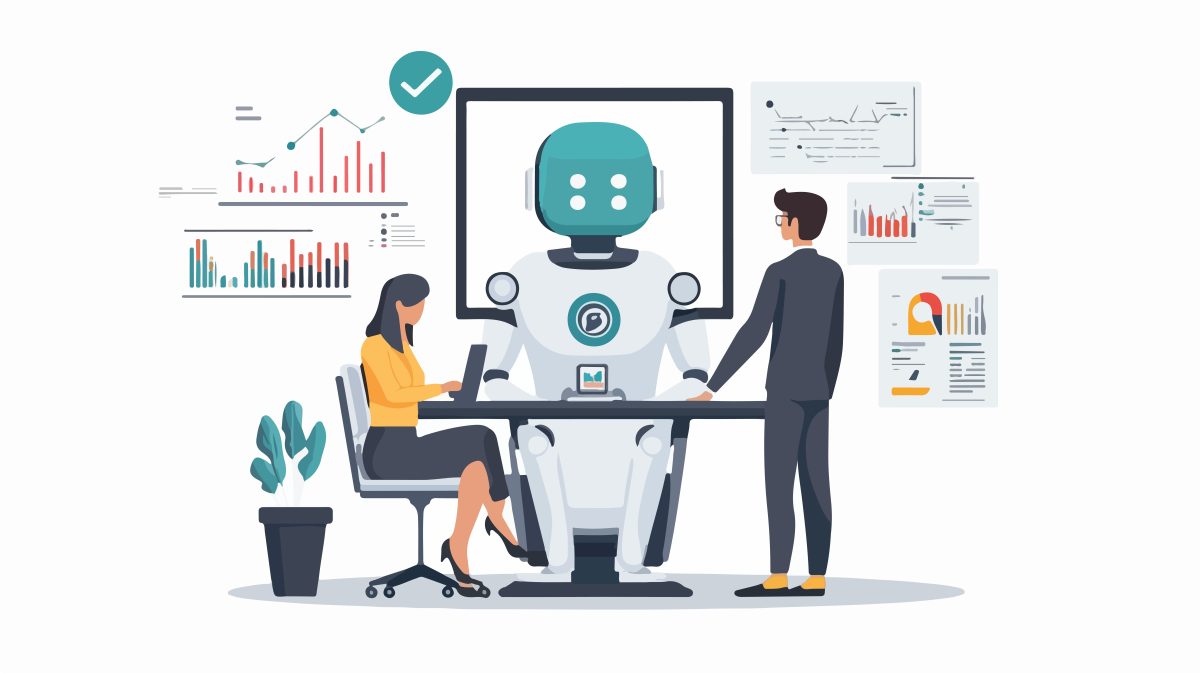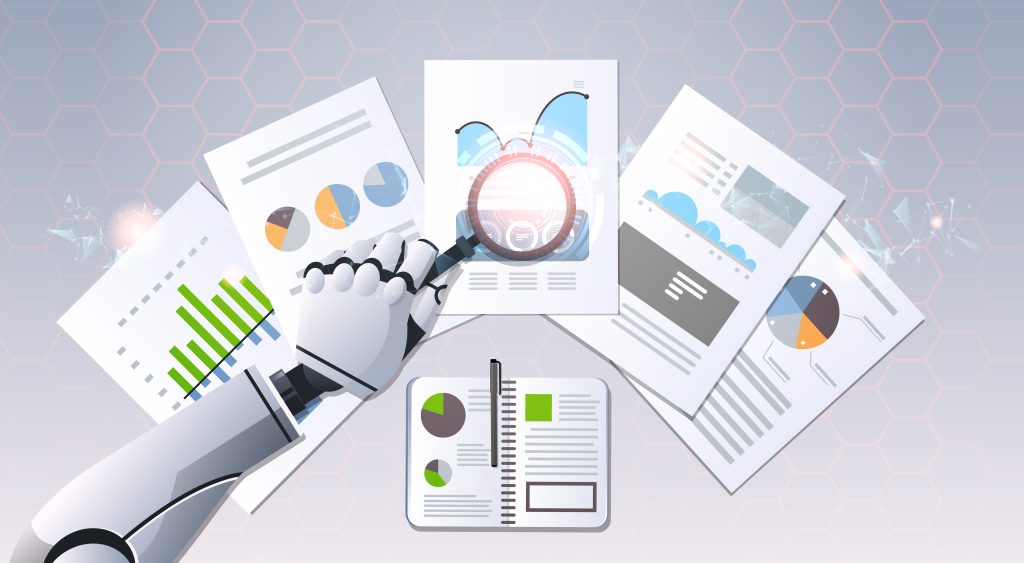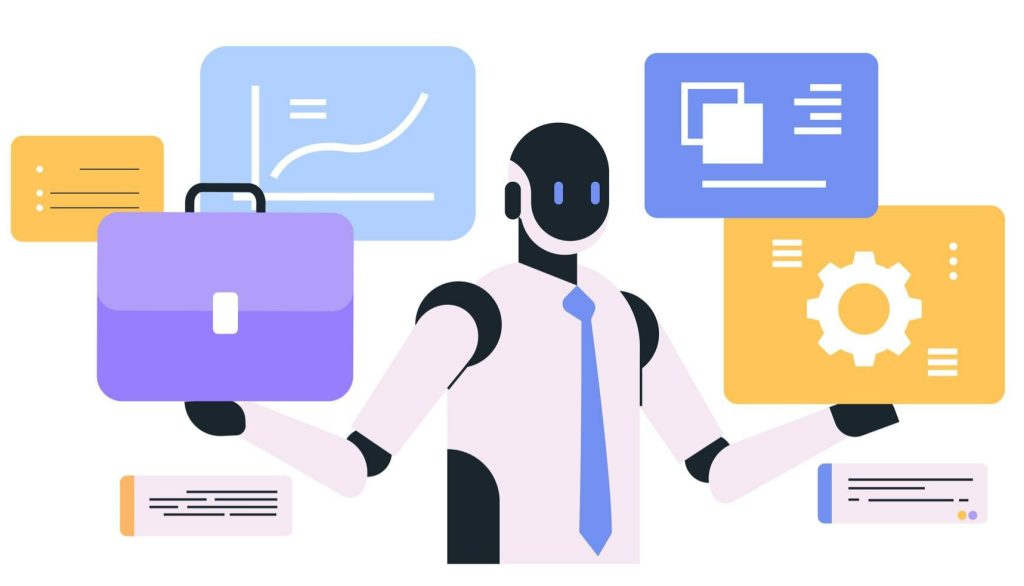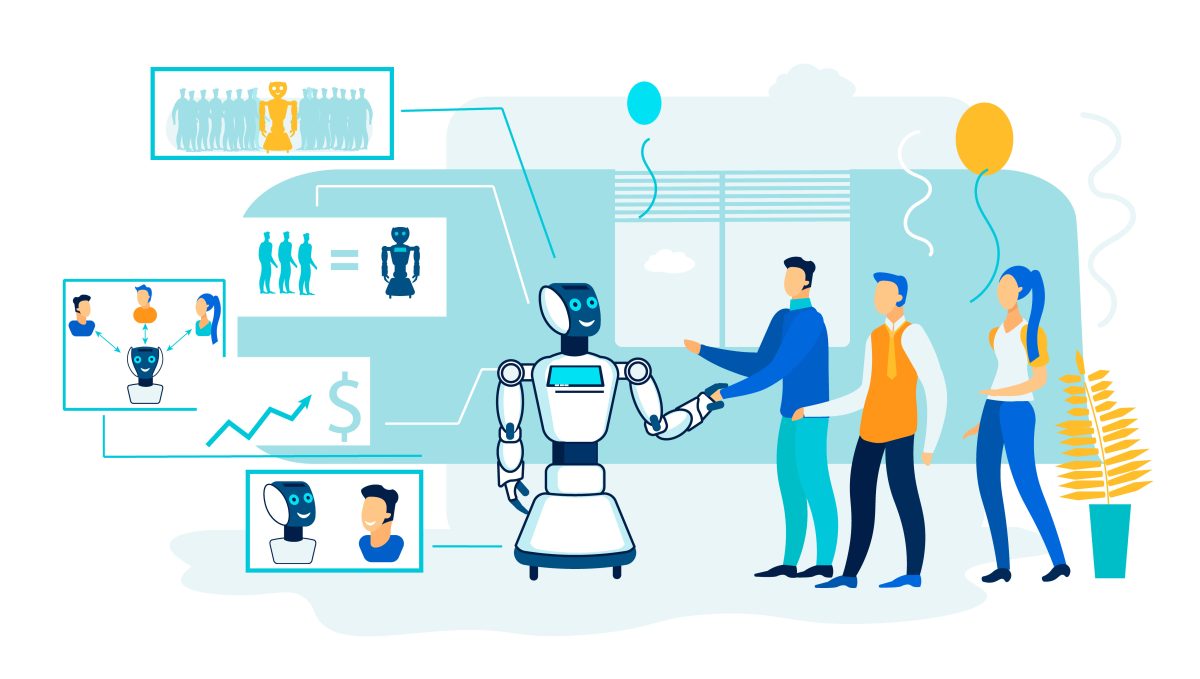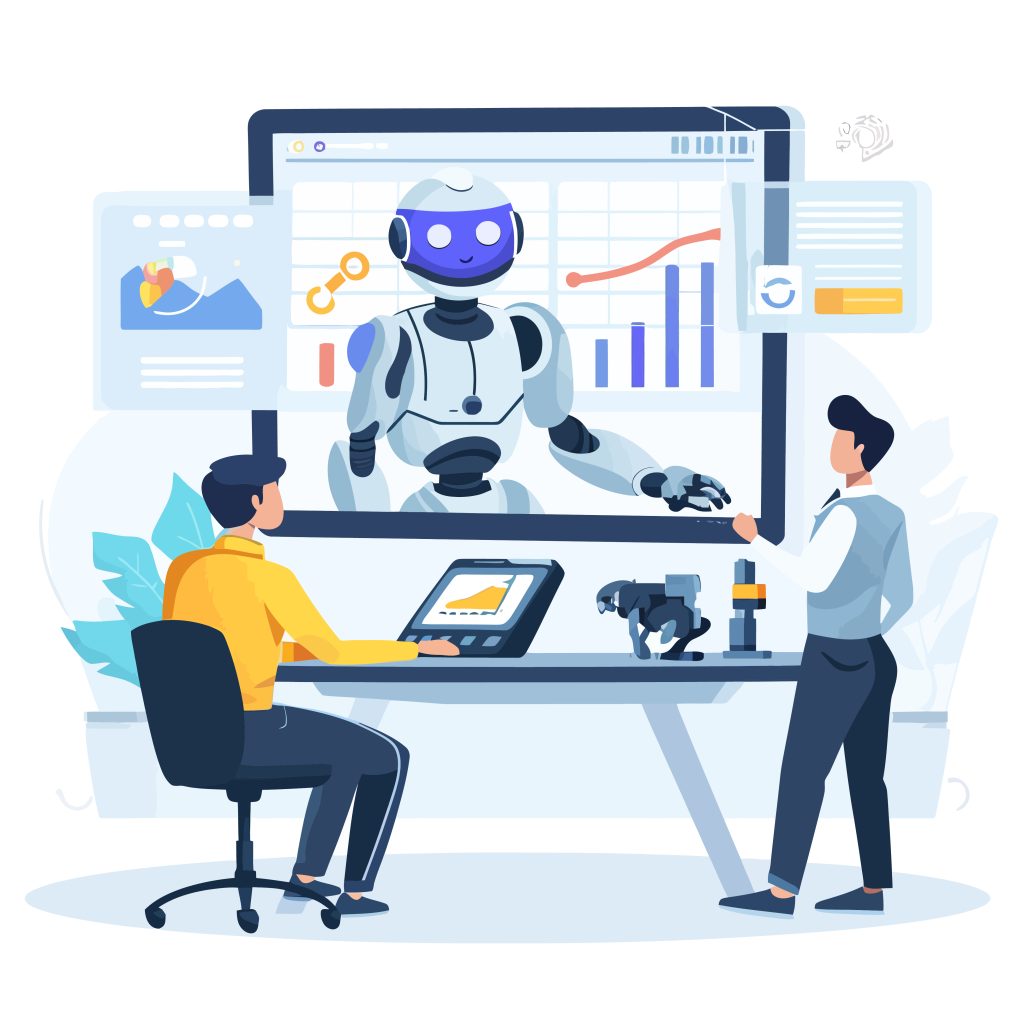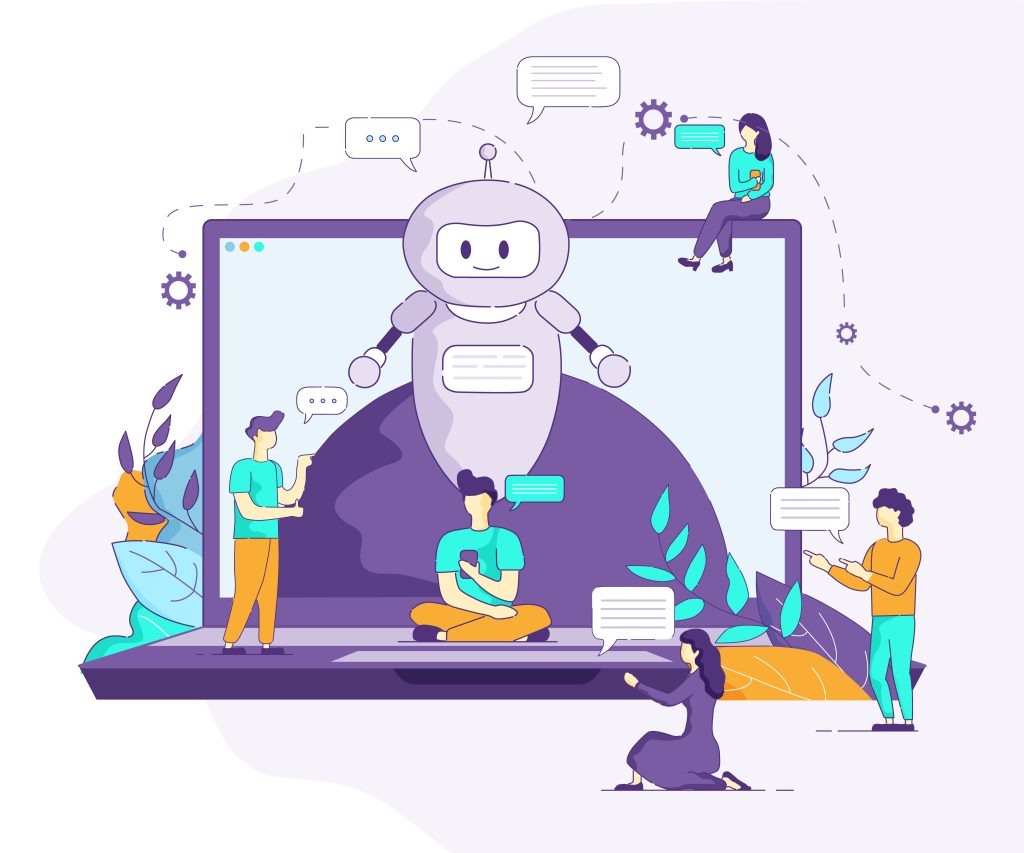As SMEs move through 2026, teams are becoming increasingly overwhelmed by constant email threads, scattered updates and slow response loops. Many organisations are now adopting AI for team communication to replace outdated manual processes, providing employees with a faster and clearer way to collaborate. With powerful AI tools for SMEs evolving rapidly, companies can finally reduce inbox clutter, streamline daily workflows and keep projects moving without unnecessary delays.
Why SMEs Face Email Overload Today
Email was created as a basic communication method, but for many SMEs, it has turned into one of the biggest workflow problems. Teams often rely on lengthy email chains for updates, approvals, files, tasks, and decisions. This results in missed messages, slow approvals, confusion across departments, duplicated work and poor visibility of priorities. As a result, more organisations are shifting toward AI for team communication to simplify collaboration using structured workflows and automated clarity. AI tools for SMEs help teams eliminate inbox noise by delivering faster updates and better organisation.
How AI for Team Communication Solves Email Overload
1. Centralising Conversations Into One Workspace
Instead of jumping between multiple email threads, AI for team communication collects all conversations within one shared workspace. Teams can easily track messages by topic rather than by time. This eliminates lost updates and reduces inbox noise. AI tools for SMEs add intelligent categorisation that makes it simple to locate decisions, tasks and documents instantly.
2. Automatically Summarising Long Email Threads
AI for team communication can summarise any long email chain within seconds. Teams no longer need to scroll through dozens of messages to identify conclusions. AI summarisation highlights key actions, responsibilities, deadlines and pending approvals. AI tools for SMEs include built-in summarisation, so teams save hours each week and reduce the risk of missing critical information.
3. Turning Conversations Into Tasks Automatically
Emails often become conversations without clear owners. With AI for team communication, messages that include action phrasing are automatically transformed into tasks assigned to the right person. This ensures nothing is forgotten, responsibilities stay visible, and progress becomes easy to track. Modern AI tools for SMEs can detect phrases like please update or can you complete this and convert them into organised tasks.
4. Intelligent Notifications That Reduce Clutter
Instead of generating notification overload, AI for team communication sends alerts only when they are necessary. Notifications become priority-based and contextual, so teams avoid daily interruptions. AI tools for SMEs learn user habits and deliver fewer but more meaningful updates, which helps teams stay focused.
5. AI-Assisted Document Sharing and Version Control
Sharing documents through email leads to confusion, duplication and lost versions. With AI for team communication, files are stored in one central location with automatic versioning, smart tagging, access history and instant retrieval. This level of clarity makes AI tools for SMEs essential for operational teams, project teams and administrative staff.
6. Automated Meeting Notes and Action Lists
Meetings often lead to more emails to share summaries and tasks. AI for team communication generates meeting notes, action lists, assigned responsibilities and timelines automatically. This allows teams to move directly from discussion to execution. These collaboration features continue to evolve across leading AI tools for SMEs.
7. Chat-Based Workflows Instead of Email Threads
Many SMEs are shifting from email to real-time chat supported by AI. AI-powered chat tools can suggest replies, detect urgency, summarise conversations, highlight blockers and recommend next steps. This accelerates collaboration significantly. When combined with AI tools for SMEs, chat-based workflows remove communication delays and improve internal alignment.
Why AI for Team Communication Matters for SME Productivity
The average SME employee spends more than two hours each day reading and replying to email. AI for team communication reduces this dramatically by improving clarity, reducing repetitive tasks and cutting unnecessary back-and-forth exchanges. This leads to faster decisions, better accountability, improved morale and stronger team culture. AI tools for SMEs also ensure that fewer tasks fall through the cracks and that teams work in a more structured and organised environment.
Strengthening SME Communication Workflows with Stratpilot
Stratpilot provides an AI-powered workspace designed specifically for SMEs that want to reduce email overload and strengthen collaboration. Instead of relying on scattered emails, Stratpilot centralises ideas, tasks, teams, documents and planning into one structured platform. With Stratpilot, SMEs can create organised team spaces, turn updates into tasks instantly, use AI for team communication to manage workflows, generate meeting summaries, reduce clutter with smarter alerts and improve team alignment. Stratpilot supports strategic clarity by helping teams think, plan and execute more effectively. It acts as a clarity engine rather than just another tool.
Request a demo today and see how fast your team’s communication can transform.
Frequently Asked Questions
1. How does AI for team communication reduce email overload?
AI summarises conversations, centralises information and highlights important updates, which reduces the need for extended email threads.
2. Are AI tools for SMEs difficult to adopt?
Most AI tools for SMEs are designed with simple interfaces, automation features and organised workspaces that teams can begin using immediately.
3. Can AI replace email entirely?
Not fully, but AI for team communication reduces reliance on email by providing structured task management and centralised information.
4. Will AI help small teams as much as large organisations
AI tools for SMEs are specifically created to support small teams that have limited time, budget and operational capacity.
5. How is Stratpilot different from other communication tools
Stratpilot provides structured thinking, AI-assisted planning and an organised workspace that improves clarity, reduces confusion and strengthens team communication.



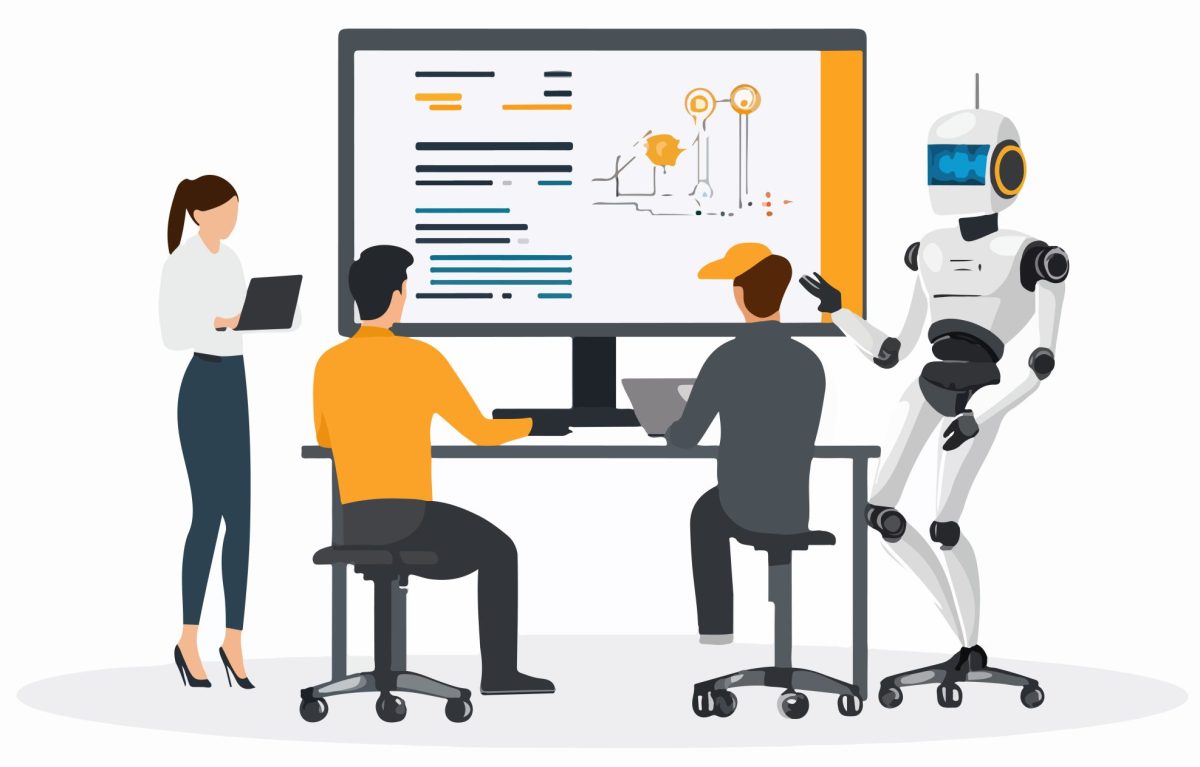

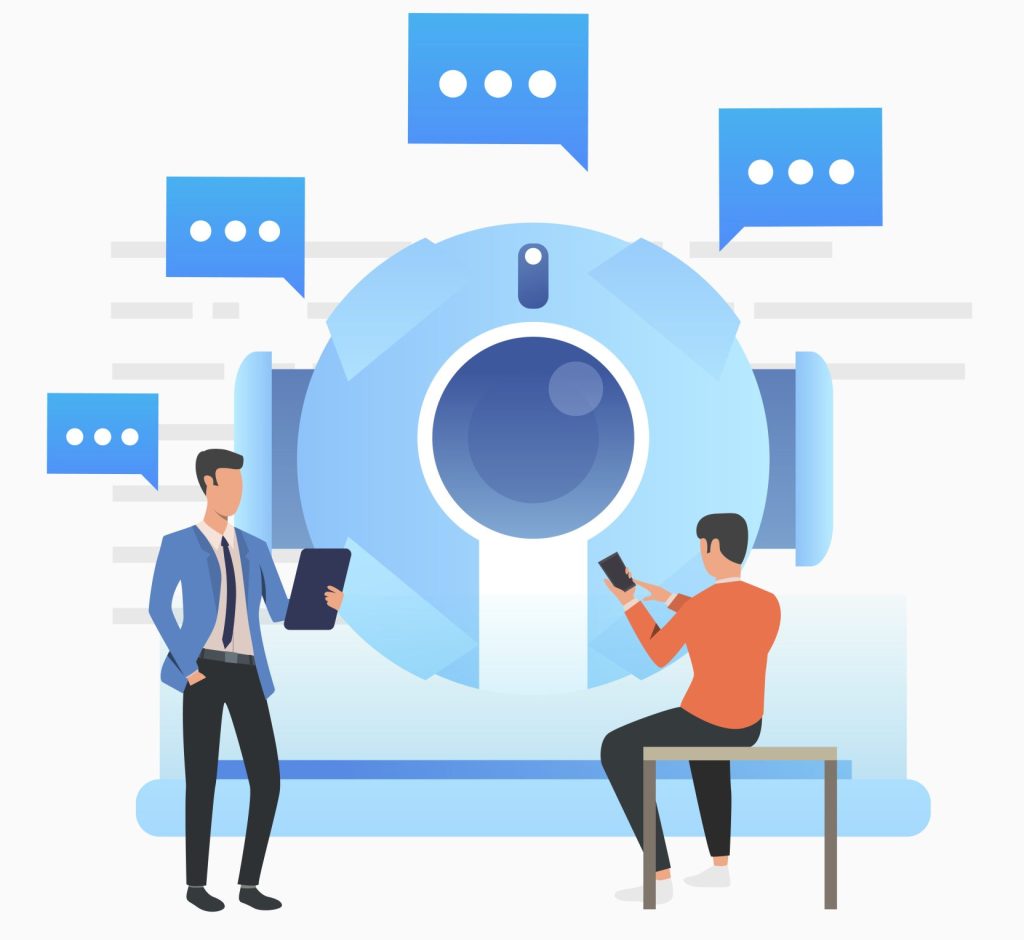 6. Proactive Support Initiatives
6. Proactive Support Initiatives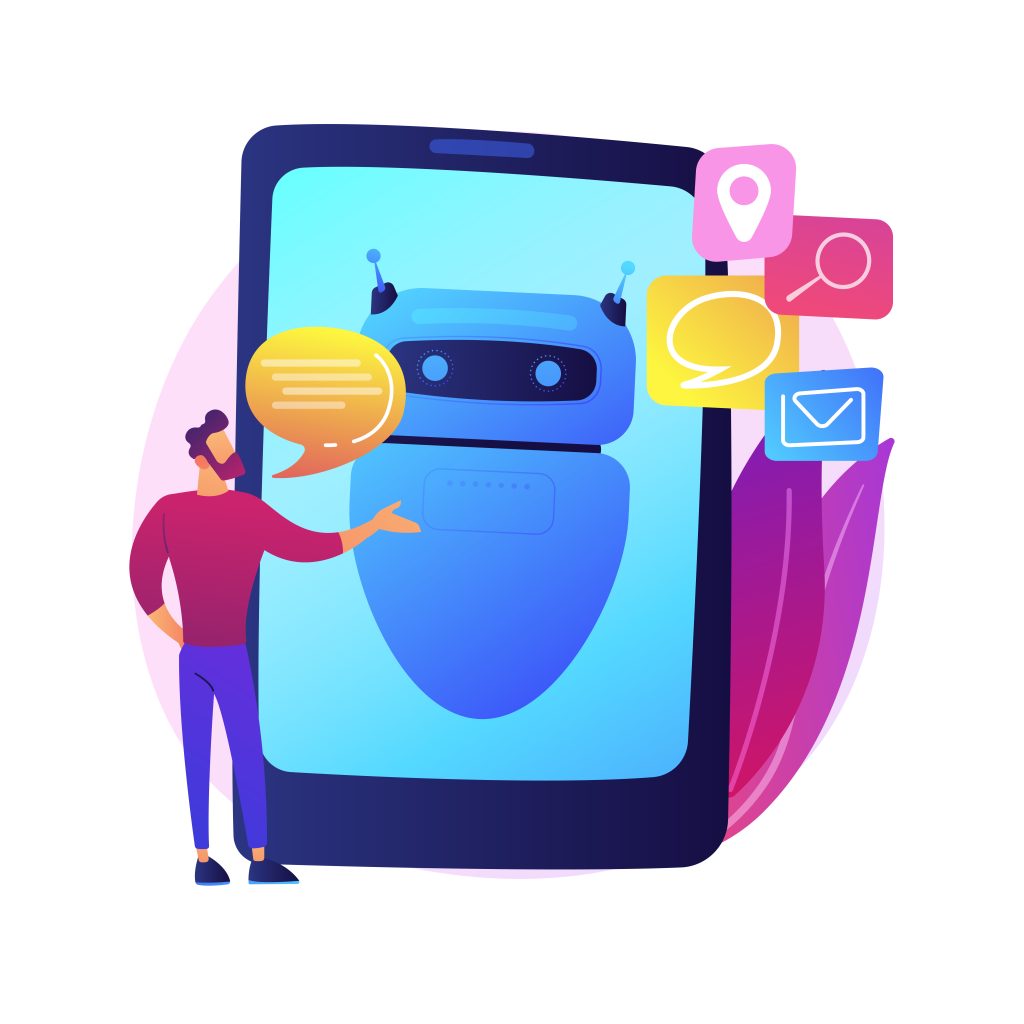 How
How 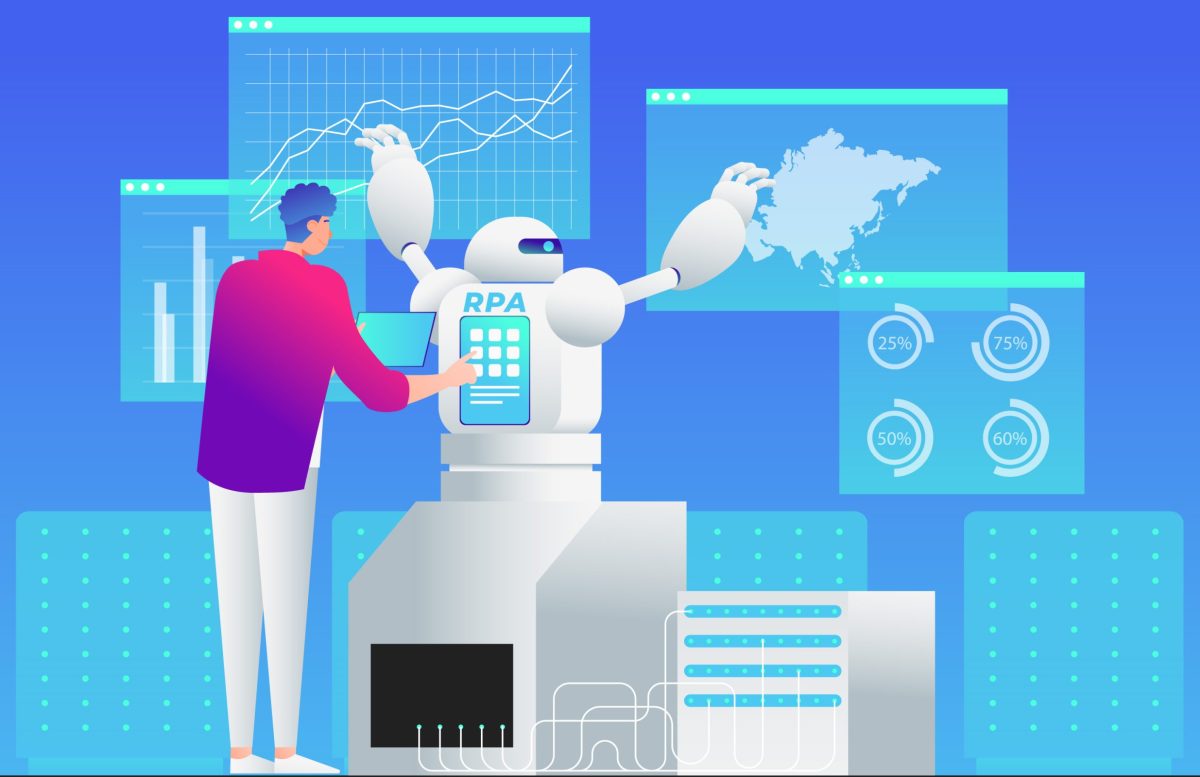
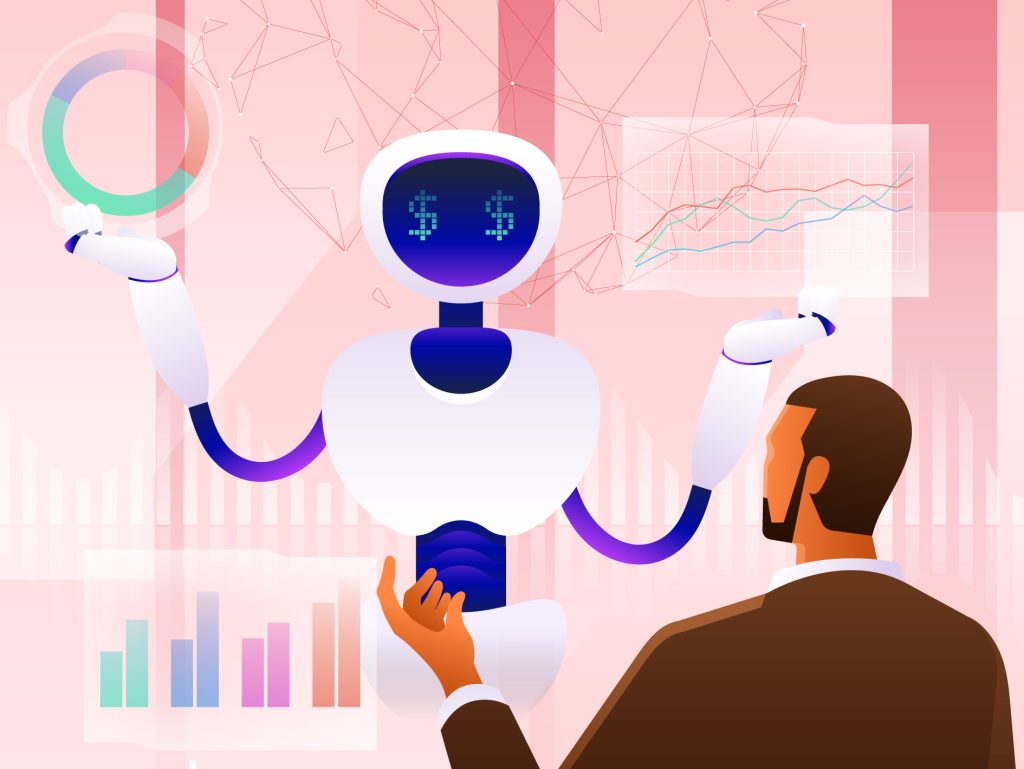
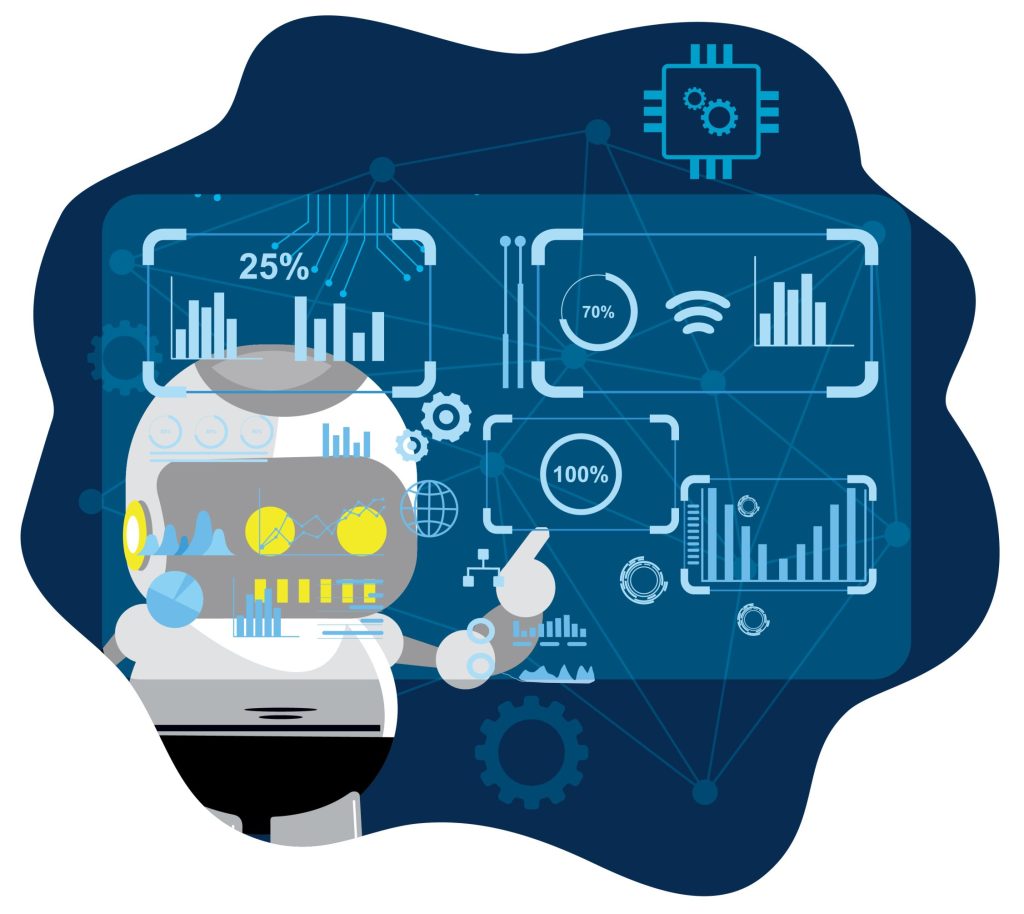
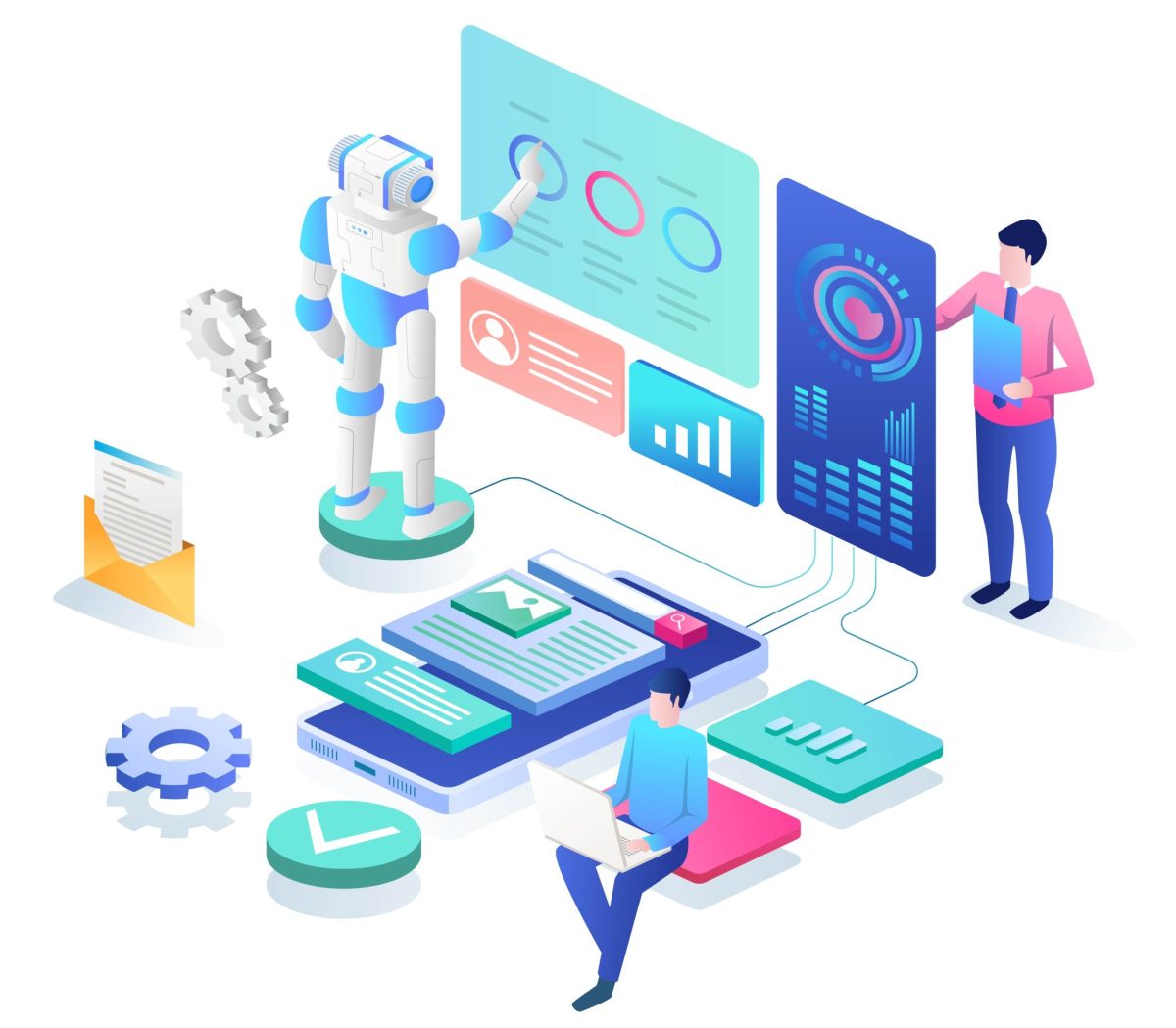
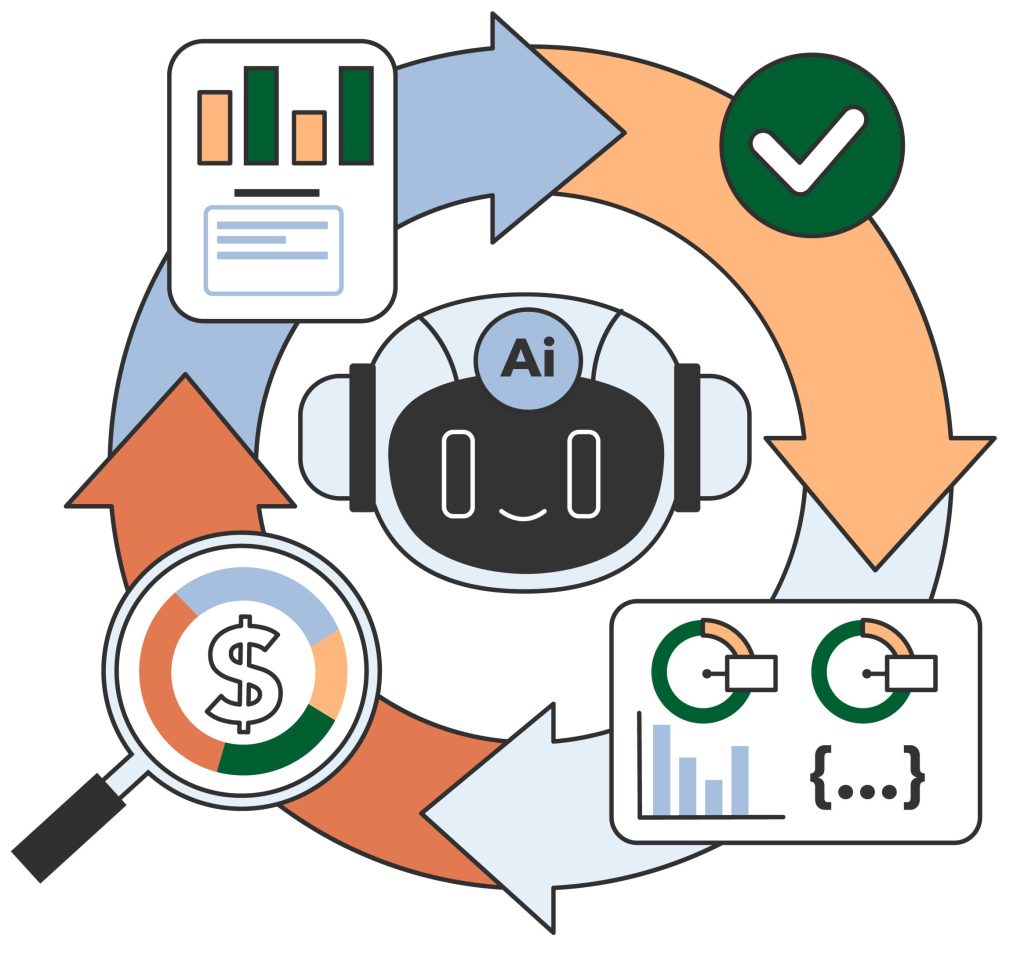 Benefits of AI in Business Process Management
Benefits of AI in Business Process Management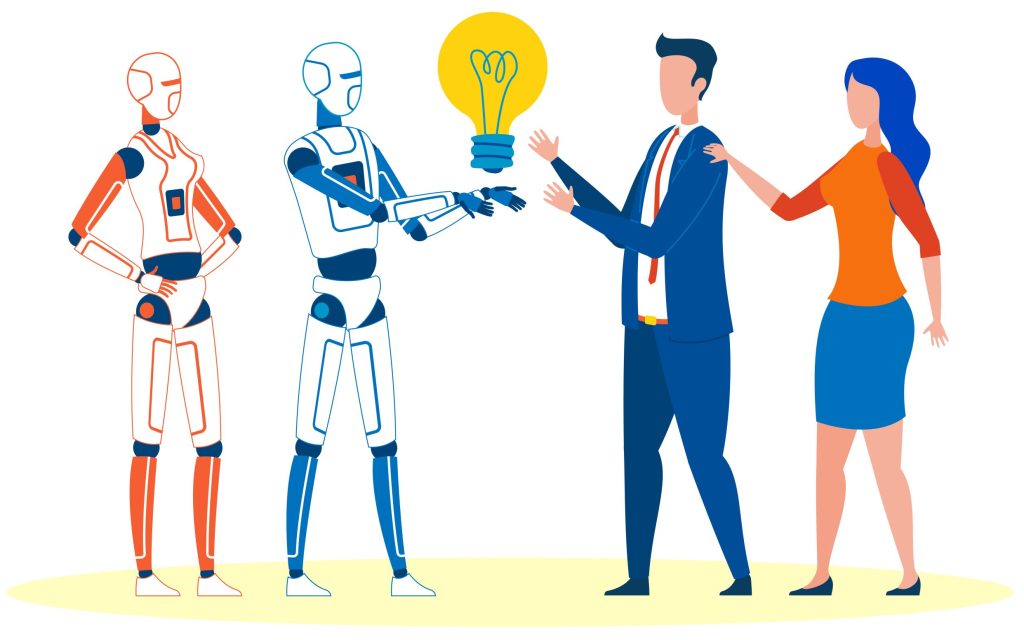 Risks of Not Using AI in Business Process Management
Risks of Not Using AI in Business Process Management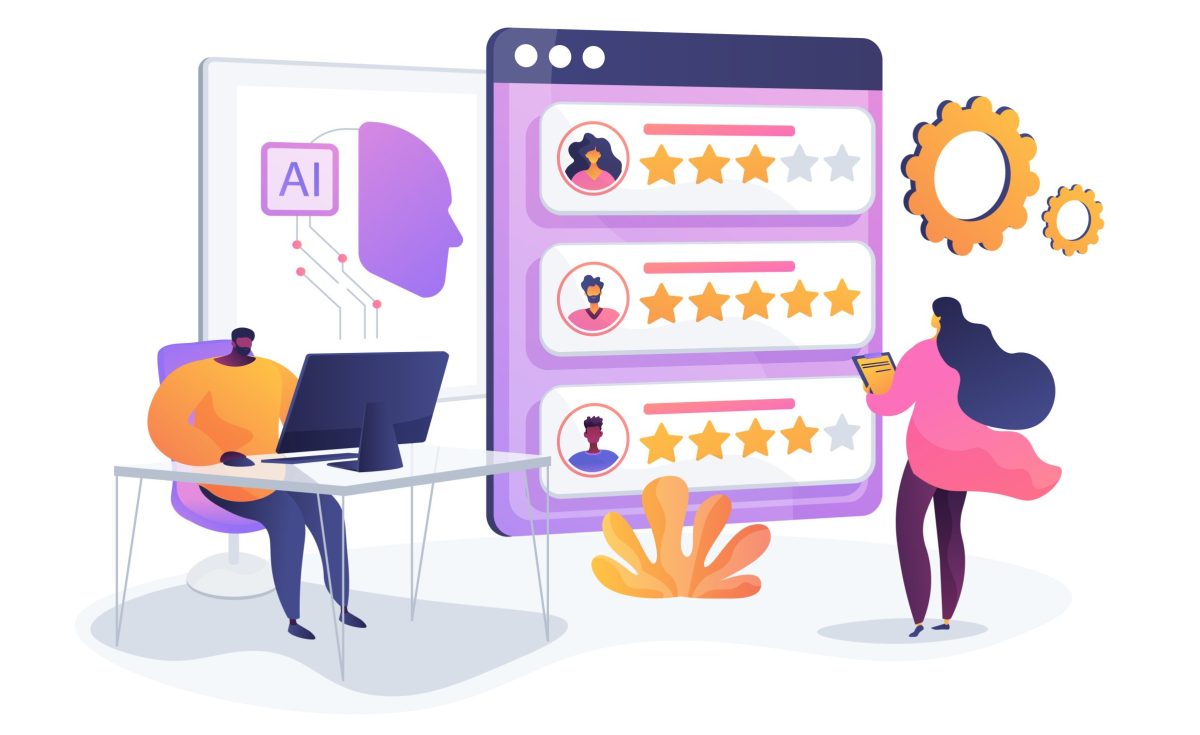
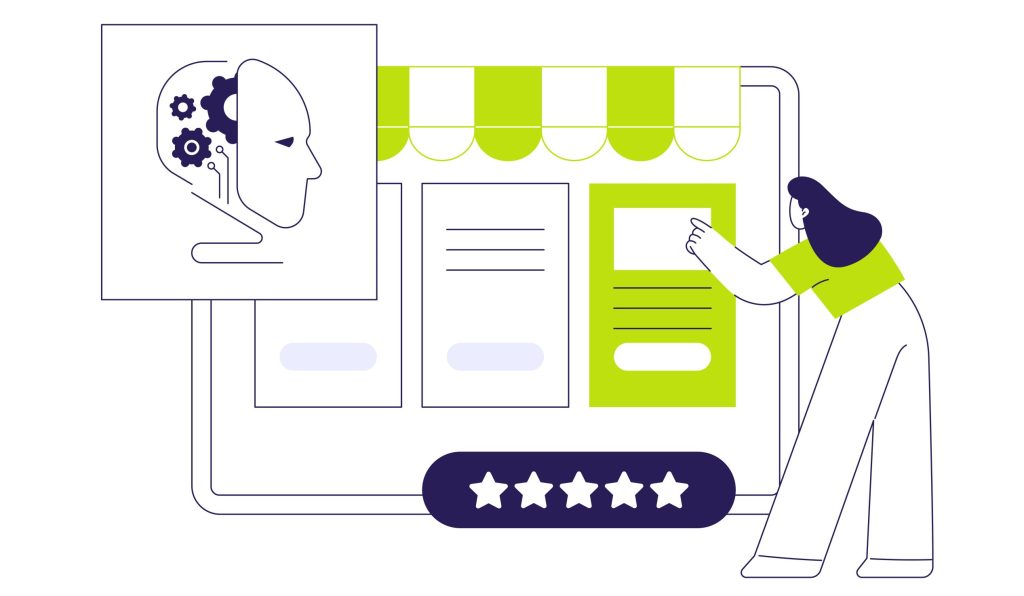 Benefits of AI for Product Feedback Management
Benefits of AI for Product Feedback Management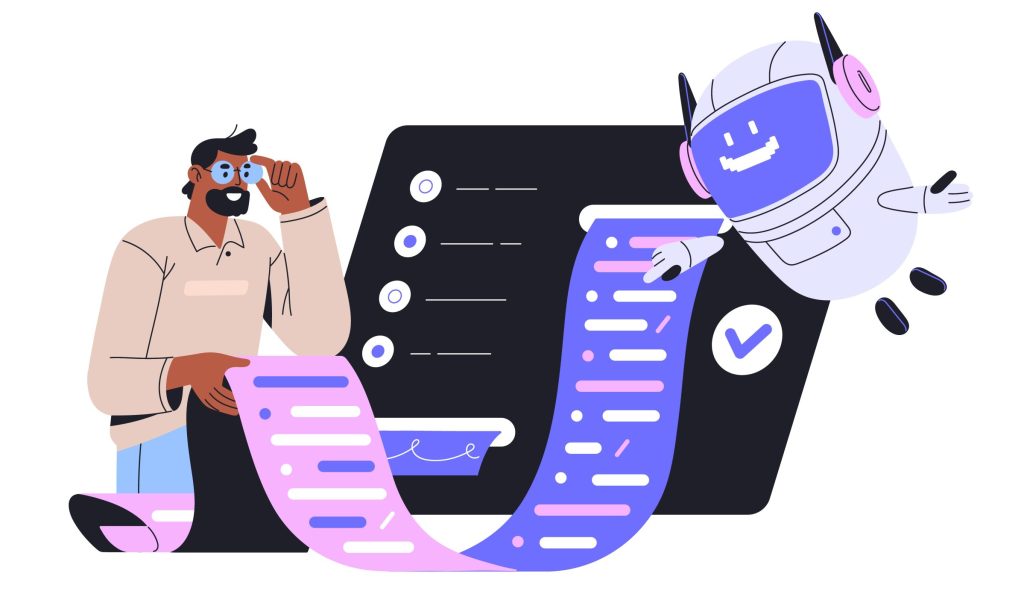 The Cost of Ignoring AI for Product Feedback Management
The Cost of Ignoring AI for Product Feedback Management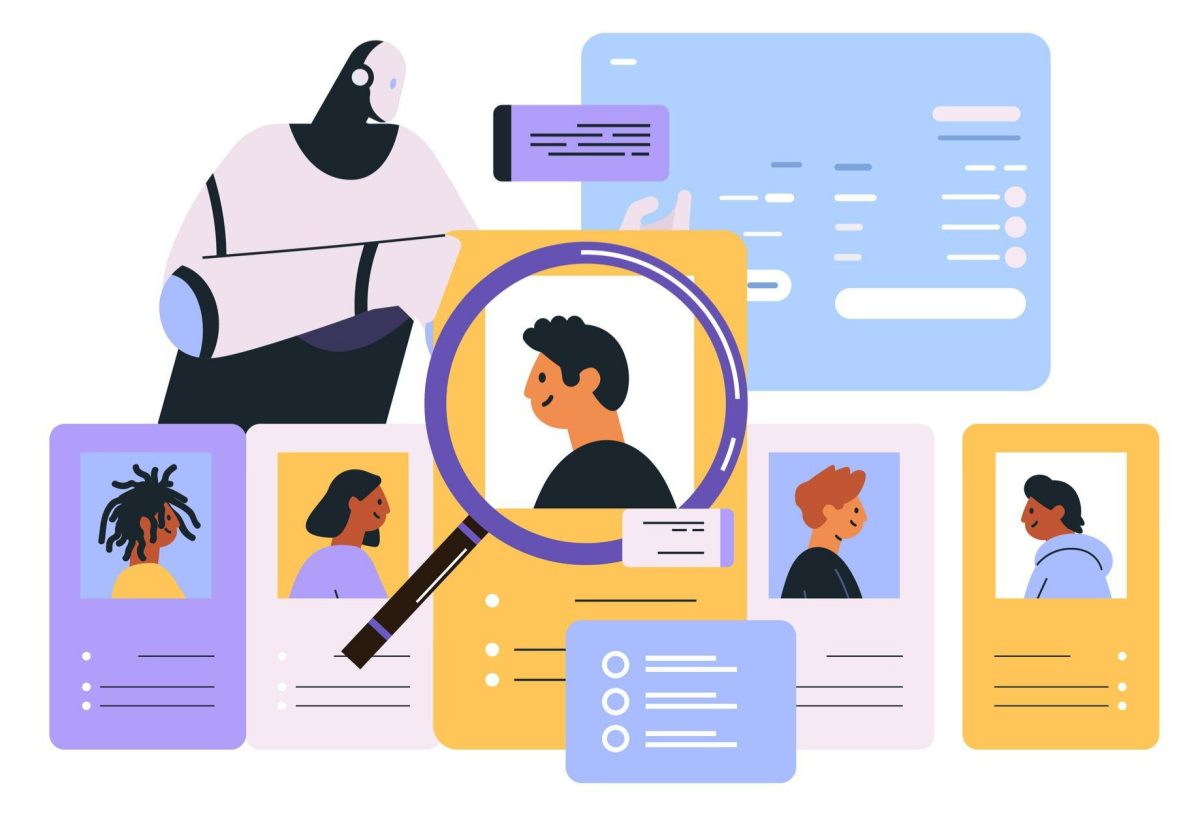
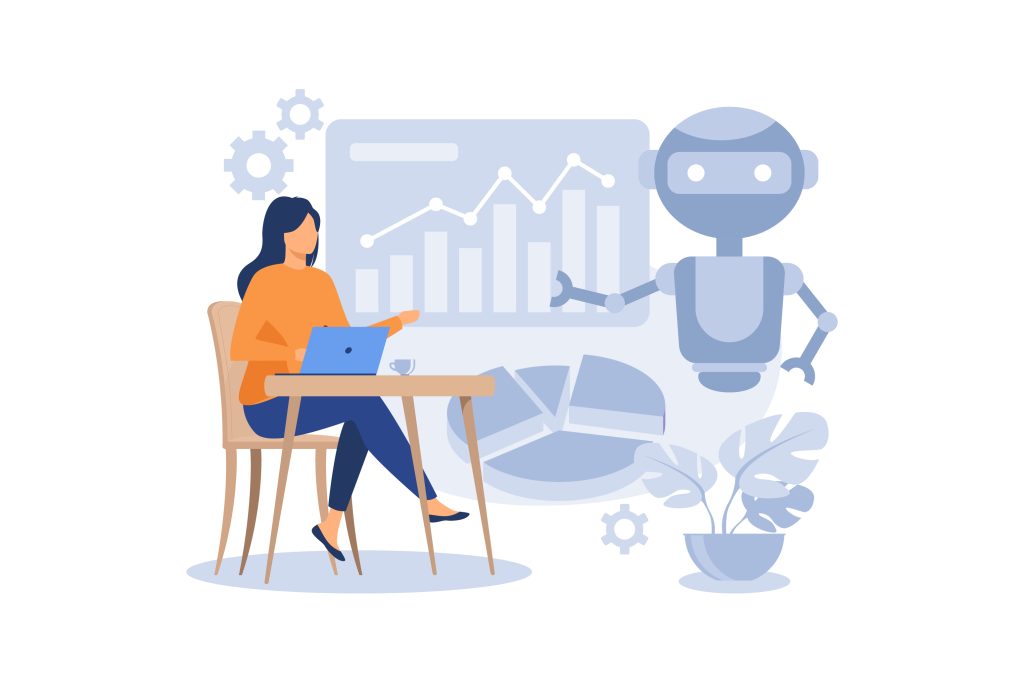 Using AI for Future Workforce Planning
Using AI for Future Workforce Planning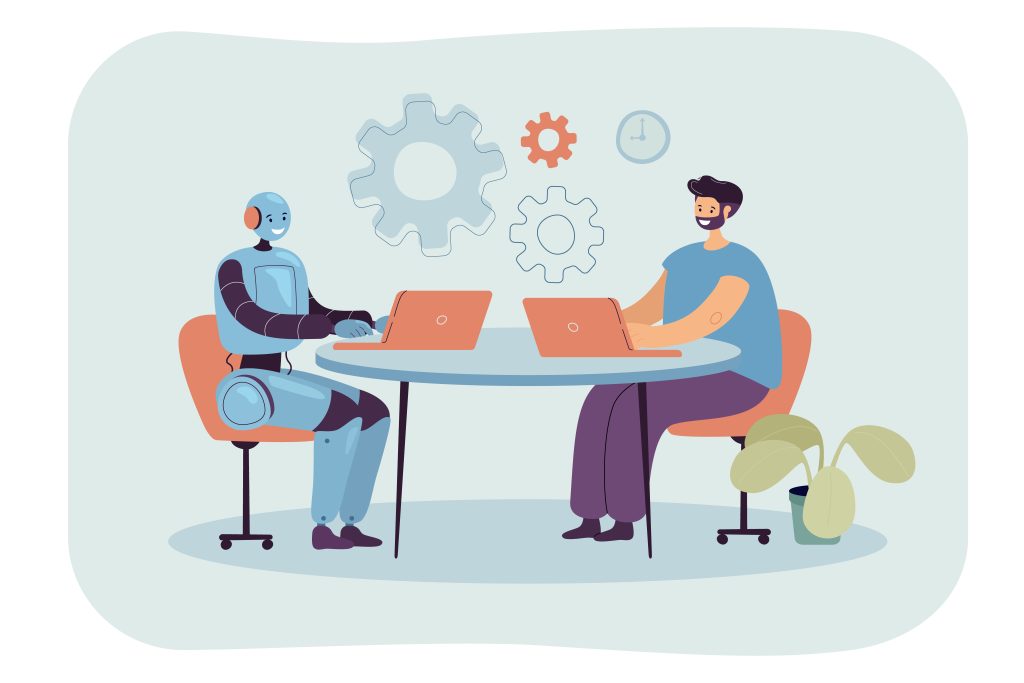 How
How 